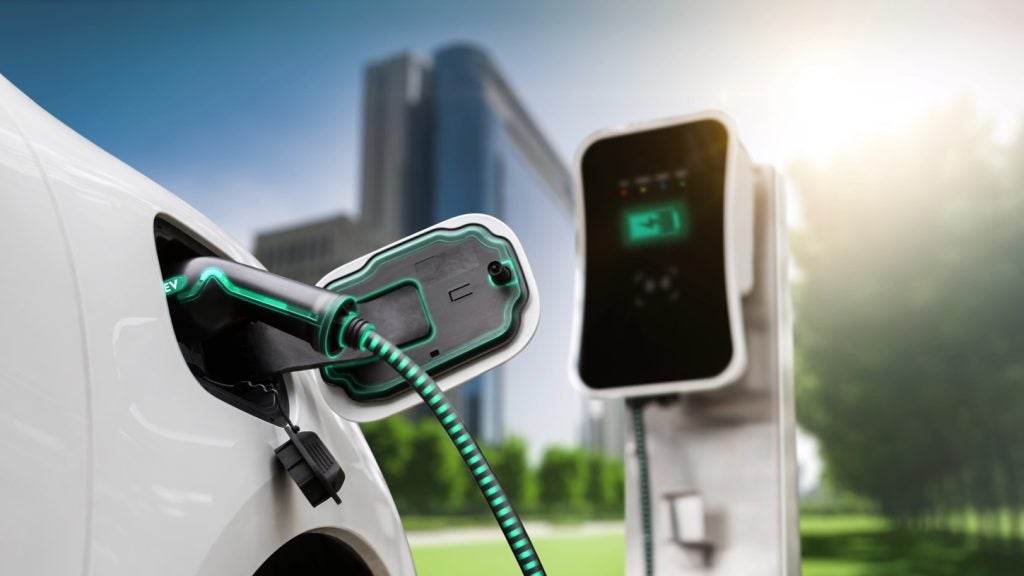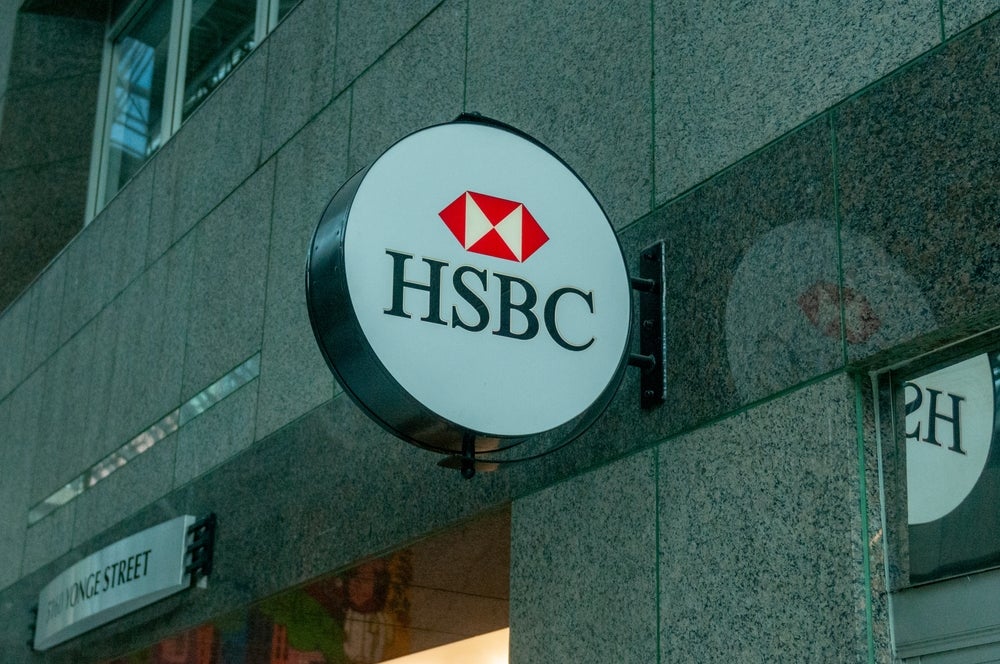
With an unpredictable economy and a rapidly changing regulatory environment, these are interesting times for the motorbike finance sector. But there is reason to be optimistic as well, writes Chris Farnell
The last time we looked at the motorcycle finance sector PCP was the big talking point. A year on, as changes in the rules and the economy have begun to affect prices, this is still the case.
“Generally speaking, bike finance is in a good place. While the cost of bikes has risen recently due to regulatory changes and other economic factors, the increased popularity of PCP has helped keep monthly repayments lower for customers,” explains Dave Macey, market and franchise development manager at Black Horse.
“The sector has moved progressively for three or four years towards the PCP model. It is interesting when you look at registrations. It is 650CC and over-1,000CCs that are maintaining their steady sales ratio, while lightweights have gone backwards and down in volume,” says Stephen Latham, head of the National Motorcycle Dealers Association (NMDA).
“I would put it down to [the fact that] these are the bikes that benefited most from PCP. That in itself is one of the things that is supporting the industry: You pay the depreciating part of the bike with a view of handing it back in. That is a continuing trend, and that is shown by the figures.”
Changing Regulations
The number of regulatory changes have also been a major point of conversation within the industry, particularly in the current climate.
How well do you really know your competitors?
Access the most comprehensive Company Profiles on the market, powered by GlobalData. Save hours of research. Gain competitive edge.

Thank you!
Your download email will arrive shortly
Not ready to buy yet? Download a free sample
We are confident about the unique quality of our Company Profiles. However, we want you to make the most beneficial decision for your business, so we offer a free sample that you can download by submitting the below form
By GlobalData“The motorcycle finance industry has gone through significant changes in recent years, particularly regulatory changes as a result of Financial Conduct Authority (FCA) guidance. We are entering challenging times not just for dealers, but for our industry,” says Neil Richardson, national sales manager for the motorcycle division of Close Brothers Motor Finance.
“The unsettled political and economic landscape, high inflation and its impact on consumer spending, as well as the recent tax changes are having a direct impact on new motorcycle registrations. In fact, figures from The Motorcycle Industry Association have shown a reducing trend in new motorcycle sales.”
Indeed, if you ask people in the sector about the biggest changes they have seen over the last year, the answers frequently turn towards regulation.
While these changes are ultimately beneficial to the consumer in terms of “consistency of standard of bikes on the market”, as Macey points out, they can often leave dealers running to catch up.
“Last year in December, thousands of Euro 3 motorcycles had to be registered, and by registering them they became second-hand bikes,” Latham says. “Which meant they were much harder to put on PCP, so smaller-size bikes have had to go through traditional finance.”
“Euro 4 regulatory changes were a big factor this year,” Macey agrees. “Previous models had to be registered or sold by a specific date to ensure compliance with the new regulations. Overall I think the sector adapted well to these changes, but they were still a big challenge that had to be overcome.”
Richardson agrees that regulation and compliance issues have been the biggest focal point of change over the last year.
“Dealers should ensure that any commission earned is disclosed in line with current regulations in a clear and transparent manner. These regulations state that any commission or fee must be disclosed to the consumer in good time before they sign a credit agreement,” he explains.
“Regulation is an ongoing challenge, and we have been and will continue to work hard to support our dealer partners through the changes that have happened and any upcoming FCA guidance in the pipeline. Our dedicated motorcycle specialists are trained to offer advice and support.”
However, the regulatory environment is, in some ways, only a symptom of a larger issue. Latham cites consumer confidence as one of the biggest challenges facing the sector today.
“Your average driver or rider is not riveted to all the Brexit stuff that is going on. It has an effect of uncertainty, which really affects consumer confidence. They do not panic but they will delay large-ticket-item capital purchases.” This is an issue for the motor sector in general, but bikes in particular.
“We are completely a leisure product, more in line with Jet Skis and speedboats,” Latham admits. “There are people at the lower end who use bikes to commute, but most larger machines are purely for leisure purposes. Those items were deemed non-essential in the last recession, and thus things slowed down.”
The Brexit Issue
Brexit is the elephant in the room for the bike sector, just as it is for many others. The industry certainly is not unique in that while the actual impact of Brexit has not yet been felt, the uncertainty surrounding what, if any, deal the UK makes is already having an effect.
“Brexit is going to continue to be a big challenge for the sector. As the Brexit talks are in the beginning stages, it is still too early to comment on the impact it will have on both the industry and to dealers,” Richardson says.
“It is definitely an increasing concern for dealers. In fact, our Dealer Satisfaction Survey found that Brexit is the biggest threat for two in five (41%) motorcycle dealers, followed by a potential recession (34%) and changes to legislation (23%),” Richardson continues.
Latham also acknowledges that the uncertainty around Brexit has definitely had consequences.
“It has on retail list price, but very variable depending on whose product it is. At the more professional end, the more established, larger companies have been able to hedge off finance, but all around people have put their prices up, which has had an effect of slowing the market,” Latham explains.
“Eighty percent of all machines sold come from overseas. In most cases they come from Japan, America, outside the EU, so it would not have had the effect we have seen with cars where the lower sterling value has had a dramatic effect, but prices have still gone up.”
A potential negative outcome Latham warns against is an influx of European bike buyers as the pound is devalued.
“During the last recession our currency did go down against the euro and it allowed European bike buyers to come into the country and buy used stock,” Latham remembers. “If it stays like this they could deprive the industry of good used bikes, so we are mindful of that. We are not saying it is going to happen, but we are mindful of the possibility.”
Nevertheless, Richardson is quick to point out that there is more to forecasts than doom and gloom “We also found that half of motorcycle dealers’ businesses are performing better, while 81% predict that their business will continue to perform better in the year ahead,” he says.
“For us, if history tells us anything, and as we approach our 30th year in the industry, our unique style of lending will ensure we can continue to support our dealer partners’ growth, even through tough economic times.”
Richardson still believes that finance companies will need to support their dealership partners closely in order to navigate the more challenging times ahead.
“During these uncertain times, it is important that finance partners work with dealers to ensure they have the support they need – from the changing nature of consumer buying habits, to fully understanding regulation changes, to providing help and guidance on industry changes.
“At Close Brothers Motor Finance, we believe our dealer partners come first.”
As Macey points out, however, Brexit is not the only issue that is going to be affecting the sector in an increasingly digital economy.
“Technology will play an increasingly important role in years to come. While there is no substitute for the experience of visiting a dealership and the human interaction this involves, digital is still something that has to be embraced to address evolving customer behaviours and expectations,” he points out.
“As an example, last year we launched a partnership with Motorcycle News to allow customers the ability to understand their finance options by using an online credit calculator before completing an online application that goes straight to a dealer. This means we can help customers early in the buying process, significantly speed up the end-to-end journey, and help dealers as well.
“While only one example, we will see more people looking to use digital in the buying process and the bikes sector needs to adapt to this,” Macey adds.
The Path Forward
While many people are predicting that the market is not going to be as strong as it was last year, businesses are already adapting to new circumstances. One way this is happening is by narrowing the range of products available, but increasing the customisable options.
“There is a consolidation going on of models; manufacturers have got – in many cases – a large spread of products,” Latham says.
“They will slowly consolidate to have less in their basic range but more bespoke accessories. People are going to accept that each bike could almost be individual at the higher end. Many manufacturers will want to individualise more.”
Another crucial battlefield for the industry, according to Macey, is going to be customer engagement and selling the benefits of bikes.
“One of the things the industry must do to help drive growth of the sector is increase engagement with younger riders and newer riders. This will not happen overnight but there is more that can be done in terms of awareness of the benefits of bikes compared to other vehicles,” Macey says, citing the relative environmental cleanliness and cost effectiveness of bikes compared to cars.
“There are around a million bikes on the road just now, but an increase in numbers would bring practical improvements in these areas, as well as reducing congestion.”







